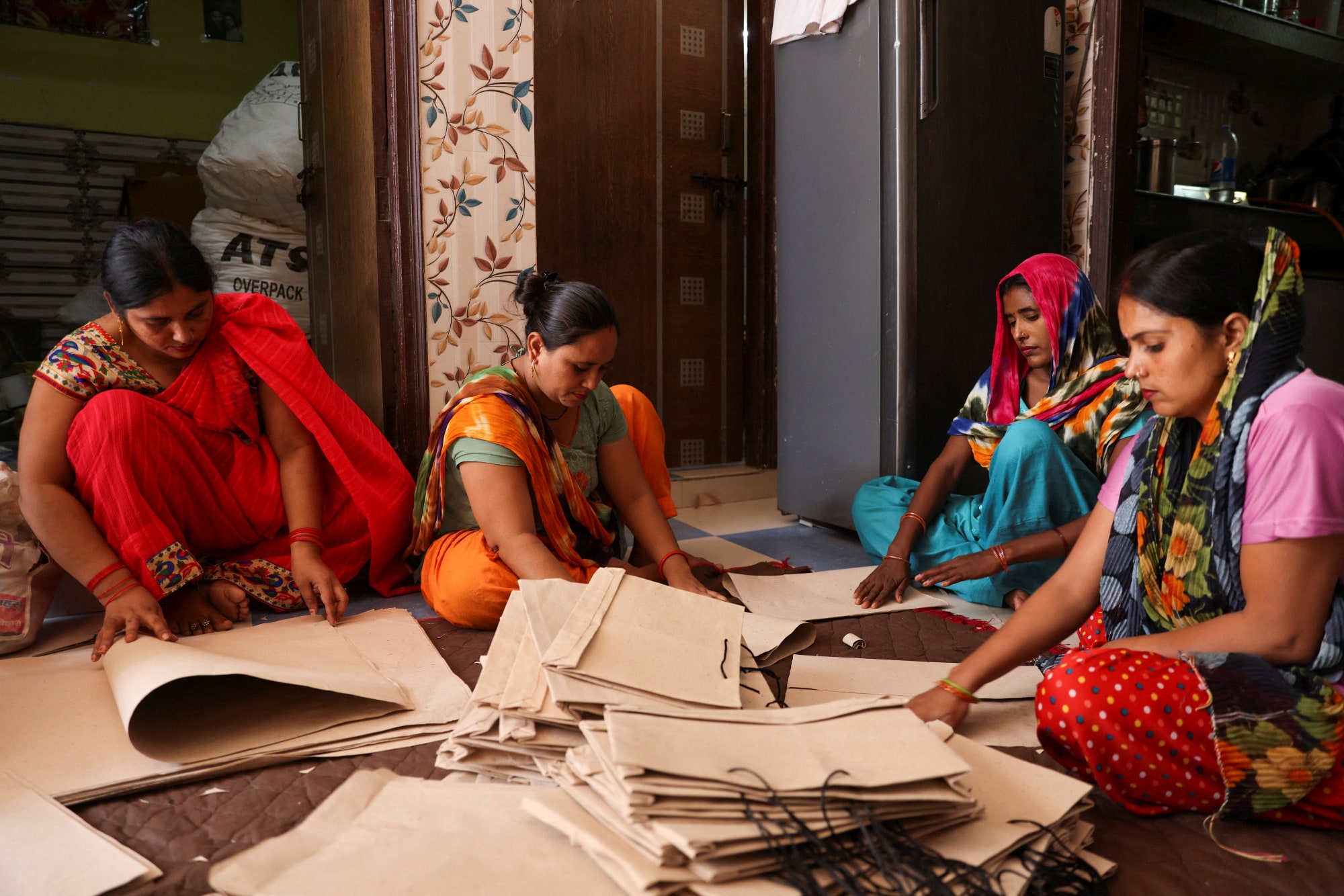
| Company | Value | Change | %Change |
|---|
While the number of women entering self-employment has increased significantly, their earnings remain disproportionately low. The report indicates that women in rural India are increasingly engaging in independent work, with the share of “own account workers/employers” rising from 19% in 2017-18 to 31.2% in 2023-24.
Simultaneously, the proportion of women working as “helpers in household enterprises” has grown from 38.7% to 42.3%, highlighting a shift toward family-based economic activities. In urban areas, the share of female “own account workers/employers” also rose, from 23.7% to 28.5%, with a similar uptick in unpaid family labour.
ALSO READ: Economic Survey 2025 | Farmers in focus: More credit, higher MSP, and a push for sustainability
This surge in self-employment among women has been attributed to several factors, including the decline in regular salaried jobs. The share of rural women in formal employment dropped from 10.5% in 2017-18 to 7.8% in 2023-24, while in urban areas, it fell from 52.1% to 49.4%.
The COVID-19 pandemic further accelerated this trend, forcing many women to leave salaried jobs due to school closures and caregiving responsibilities for children and elderly family members. “The pandemic underscored the need for flexibility in work, and many women turned to self-employment as a viable alternative,” as per the report.
Despite government initiatives such as Mudra Yojana, Skill India, and Start-Up India, which aim to support entrepreneurship, the earnings gap remains significant. Experts argue that the concentration of women in low-paying sectors, coupled with limited access to capital and business resources, hampers their financial growth. “Women’s economic contribution is undeniable, yet their earning potential is severely restricted due to systemic barriers,” the report stated.
Sectoral data further underscores this imbalance. The share of female workers in agriculture has surged from 57% in 2017-18 to 64.4% in 2023-24, while male participation in the sector has declined. In rural areas, female employment in agriculture rose from 73.2% to 76.9%, while male involvement dropped from 55% to 49.4%. Meanwhile, men have increasingly moved into higher-paying sectors such as construction, trade, and transport.
Although the female labour force participation rate (FLFPR) has risen significantly—from 23.3% in 2017-18 to 41.7% in 2023-24—the earnings disparity highlights persistent structural challenges. With most women concentrated in lower-paying, informal, and unpaid work, experts emphasise the need for targeted interventions to ensure fair wages and equal opportunities.
The increasing presence of women in self-employment is a positive development, but unless the earnings gap is addressed, true financial independence will remain out of reach for many.
Catch live updates from the Eco Survey 2025 with CNBC-TV18’s blog
(Edited by : Ajay Vaishnav)
